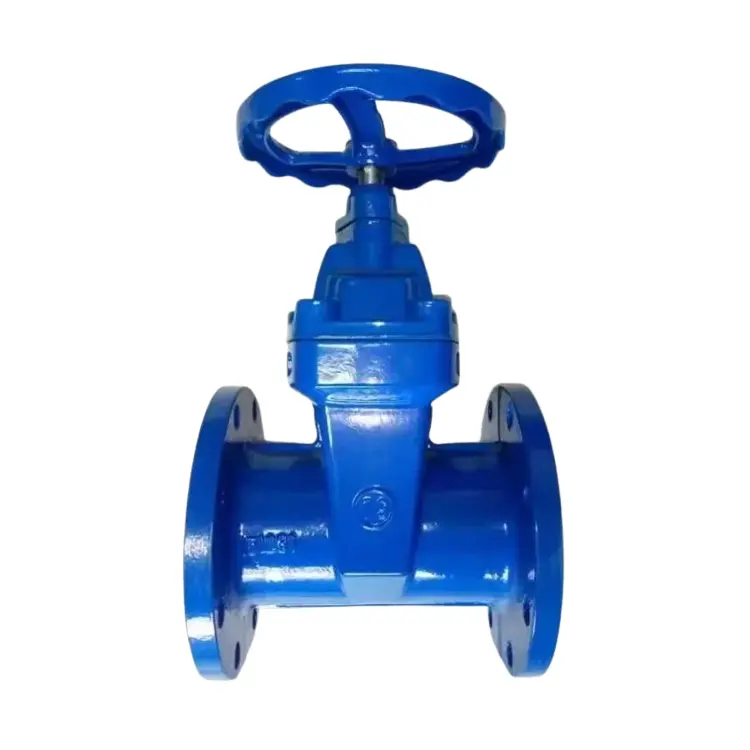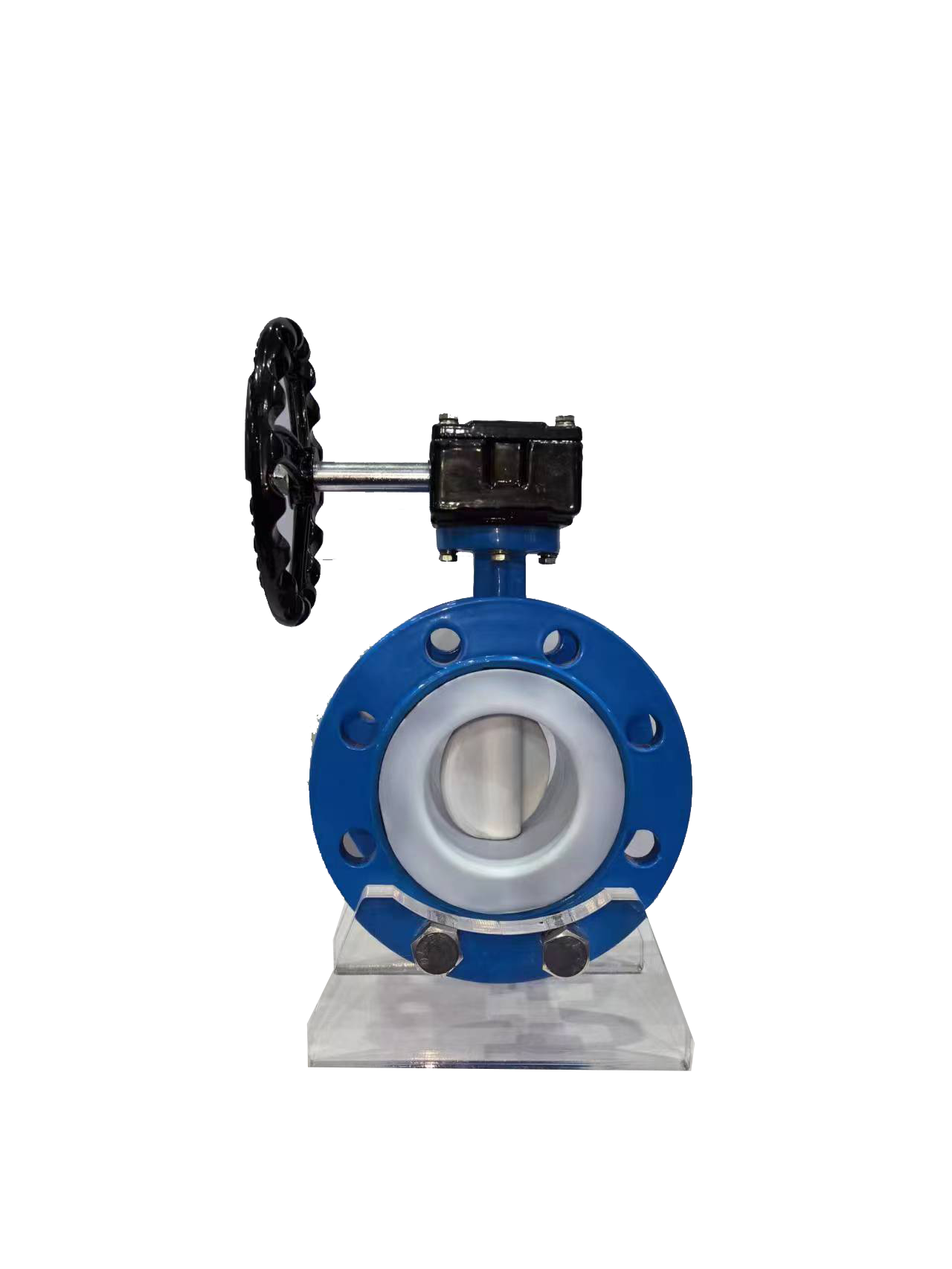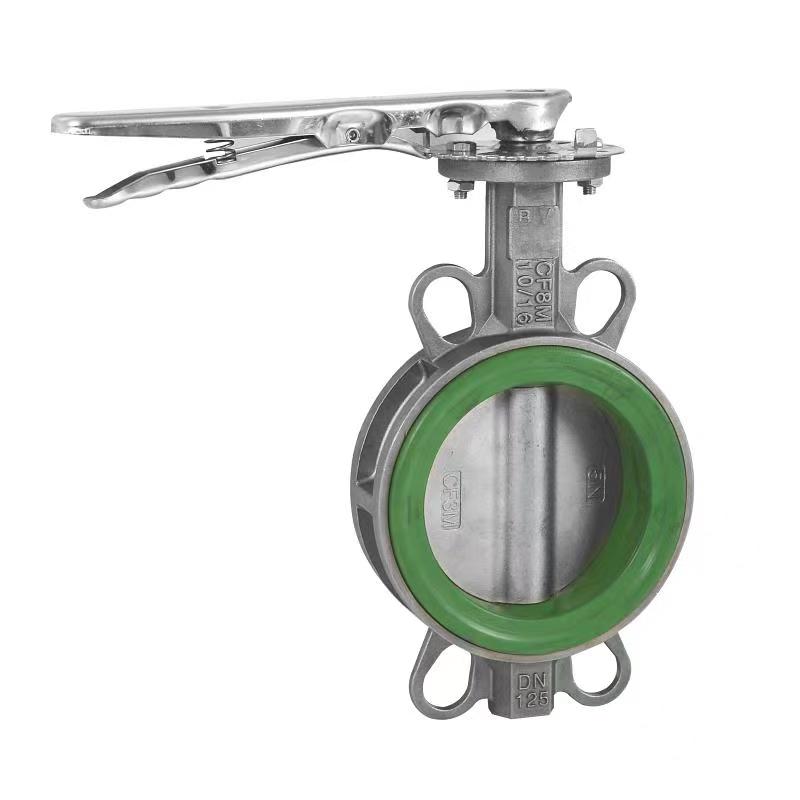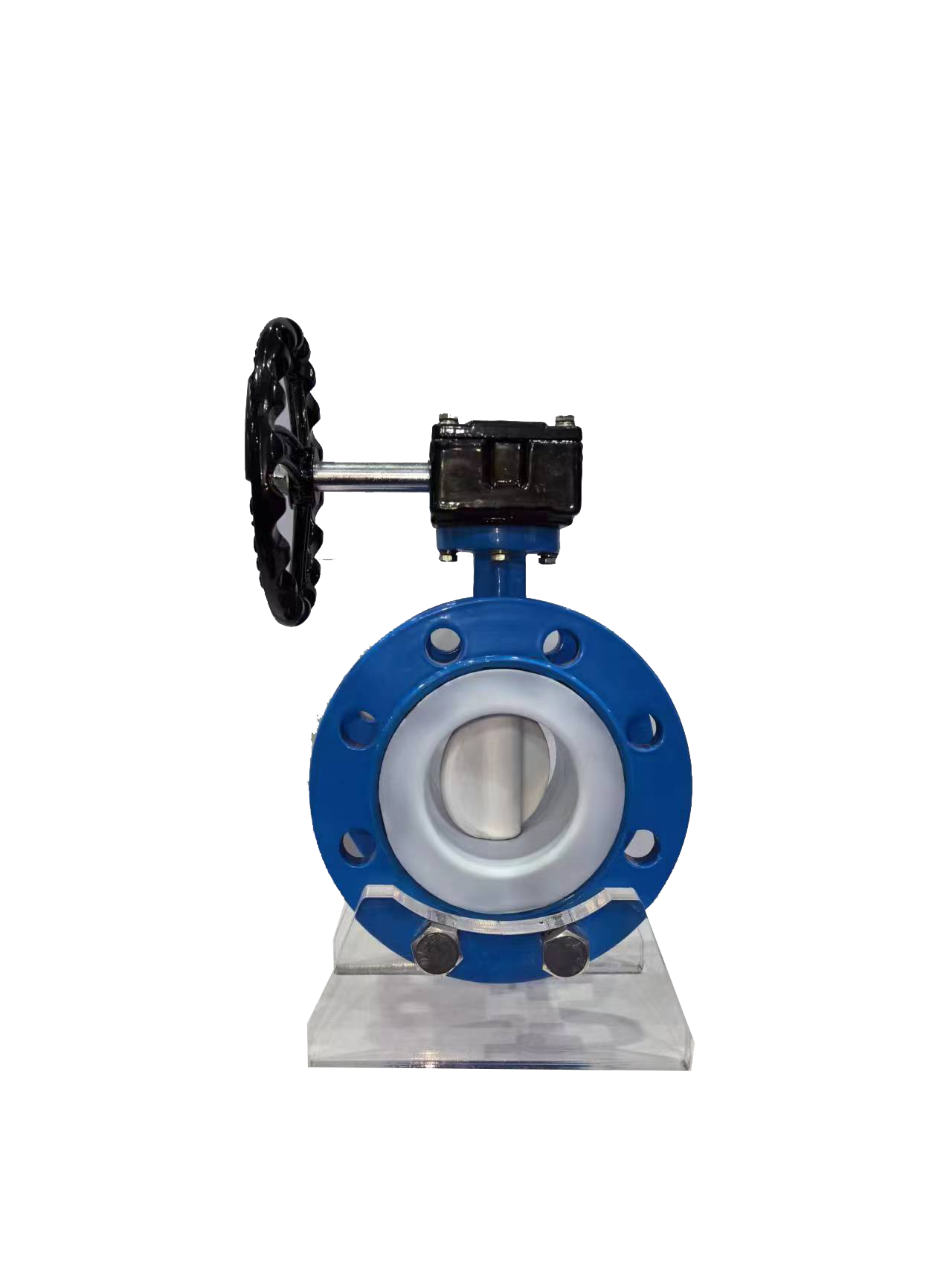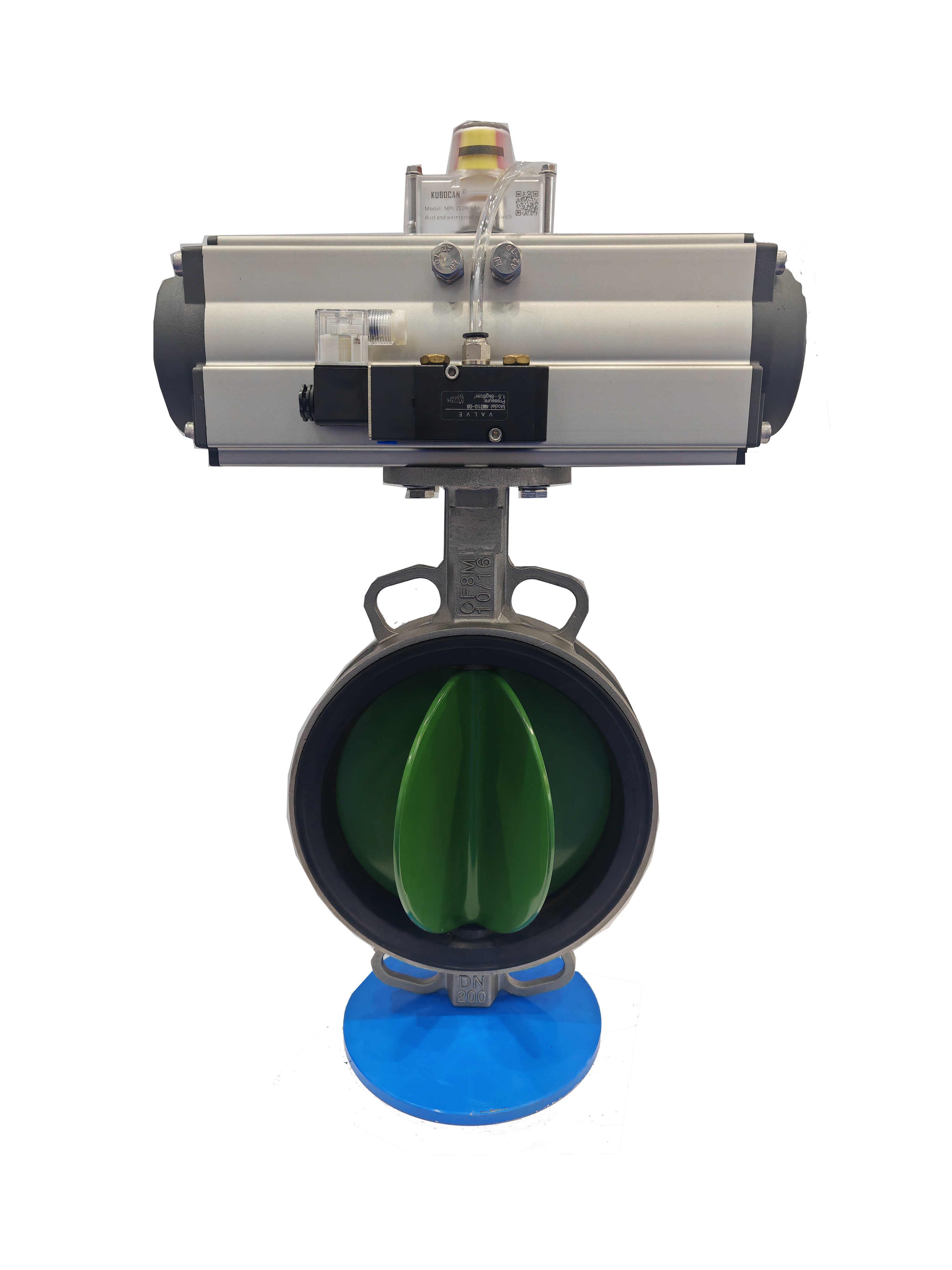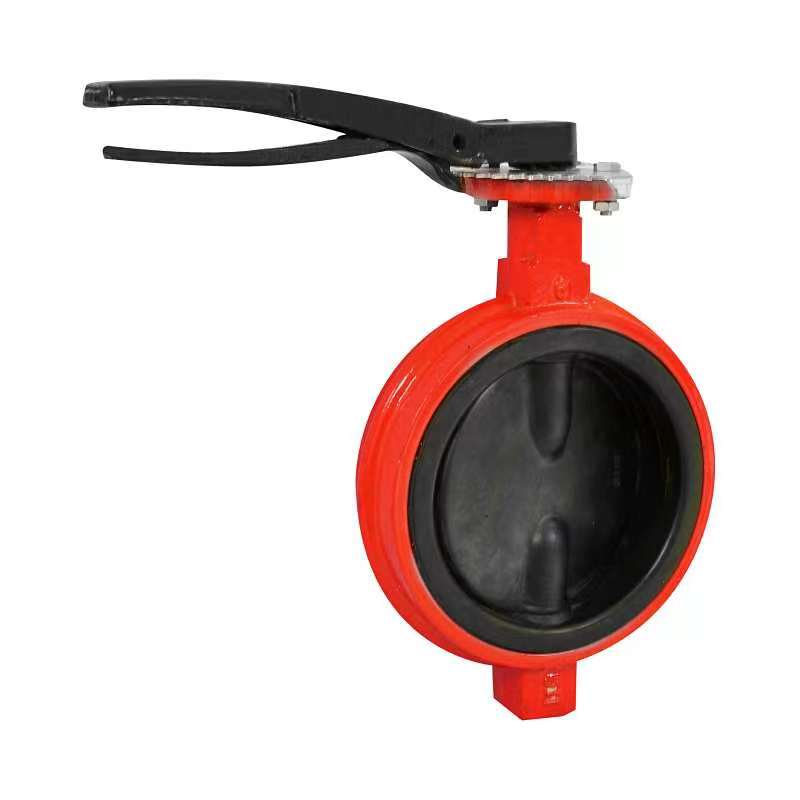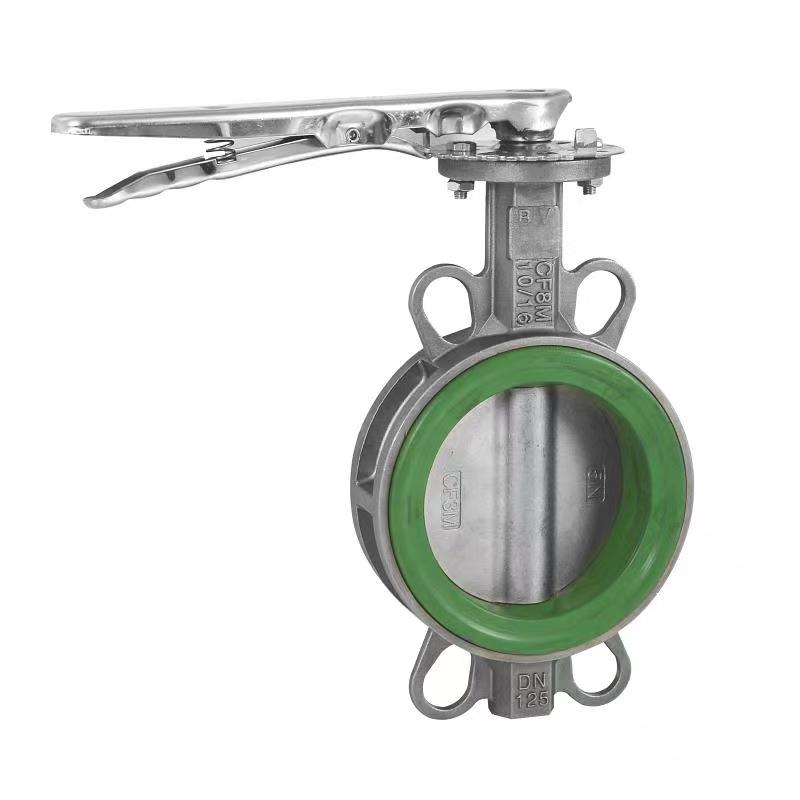- English
- Español
- Português
- русский
- Français
- 日本語
- Deutsch
- tiếng Việt
- Italiano
- Nederlands
- ภาษาไทย
- Polski
- 한국어
- Svenska
- magyar
- Malay
- বাংলা ভাষার
- Dansk
- Suomi
- हिन्दी
- Pilipino
- Türkçe
- Gaeilge
- العربية
- Indonesia
- Norsk
- تمل
- český
- ελληνικά
- український
- Javanese
- فارسی
- தமிழ்
- తెలుగు
- नेपाली
- Burmese
- български
- ລາວ
- Latine
- Қазақша
- Euskal
- Azərbaycan
- Slovenský jazyk
- Македонски
- Lietuvos
- Eesti Keel
- Română
- Slovenski
- मराठी
- Srpski језик
- Esperanto
- Català
- שפה עברית
- Cymraeg
- Latviešu
- icelandic
- ייִדיש
- беларускі
- Hrvatski
- Kreyòl ayisyen
- Shqiptar
- Malti
- lugha ya Kiswahili
- አማርኛ
- Bosanski
- Frysk
- ភាសាខ្មែរ
- ქართული
- ગુજરાતી
- Hausa
- Кыргыз тили
- ಕನ್ನಡ
- Corsa
- Kurdî
- മലയാളം
- Maori
- Монгол хэл
- Hmong
- IsiXhosa
- Zulu
- Yoruba
- অসমীয়া
- ଓଡିଆ
- Twi
- Samoa
- Sesotho
- සිංහල
- Gàidhlig
- Cebuano
- Somali
- Тоҷикӣ
- O'zbek
- Hawaiian
- سنڌي
- Shinra
- Հայերեն
- Igbo
- Sundanese
- Lëtzebuergesch
- Malagasy
- Tǝlam Kanuri
- Punjabi
- پښتو
- Chichewa
How many types of check valves do you know?
2025-08-29
How many types of check valves do you know?
Check valves, also known as one-way valves, are used to prevent medium backflow and are widely used in many industrial and civilian systems, with a wide variety of types.
Divided by structure, common types include lift check valves. Its valve disc slides along the vertical centerline of the valve body and is generally installed in horizontal pipelines. This type of check valve has a simple structure and good sealing performance, but it has high fluid resistance and is suitable for low flow rate and small diameter applications. For example, it is commonly used at the outlet of some small water pumps to prevent water from flowing back into the pump.
Swing check valves are also a common type. The valve disc rotates around the axis of the valve seat channel and can be installed on horizontal and vertical pipelines. It has low fluid resistance and slightly inferior sealing performance compared to the lift type, but it can be applied to working conditions with larger diameters and higher flow rates. Rotary check valves are often seen in large water supply systems and petrochemical pipelines to ensure one-way flow of the medium.
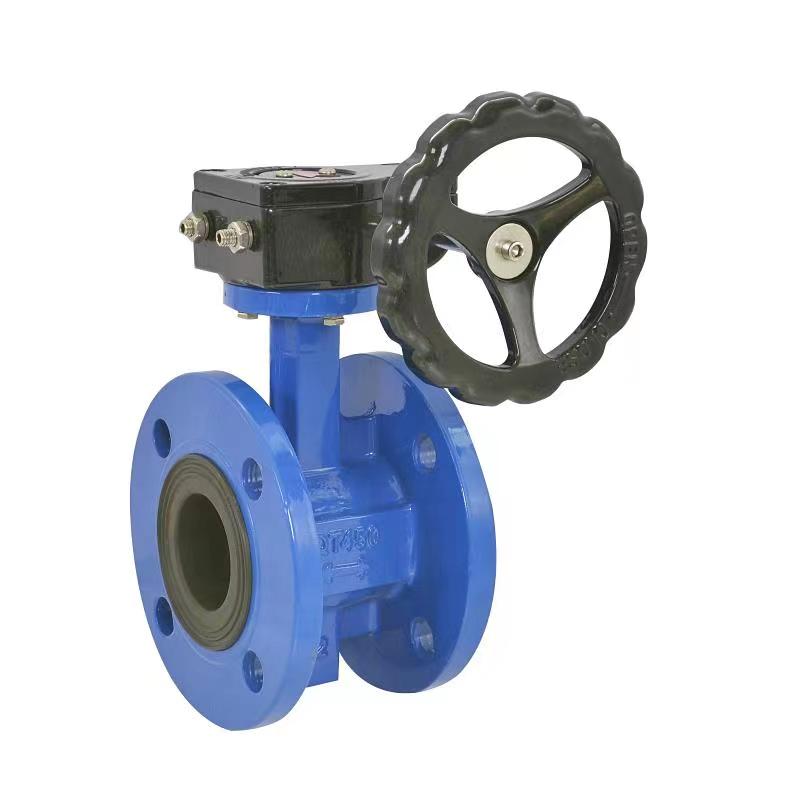
The butterfly check valve structure is similar to a butterfly valve, with the valve disc rotating around a fixed axis. It is small in size, light in weight, easy to install, and has low fluid resistance, but its sealing performance is average. It is commonly used in pipeline systems with low sealing requirements and limited space, such as ventilation ducts in some buildings, to prevent air backflow.
There is also a diaphragm check valve that relies on the deformation of the diaphragm to control the opening and closing of the valve. This type of check valve has a simple structure, reliable sealing, and low requirements for the cleanliness of the medium. It is suitable for liquid media containing solid particles or fibers. In some sewage treatment system pipelines, diaphragm check valves can effectively prevent sewage backflow and protect the normal operation of equipment.
In addition, according to different connection methods, check valves can be divided into flange connections, threaded connections, welded connections, and other types to meet the installation requirements of different pipeline systems. Different types of check valves have their own characteristics, and in practical applications, they need to be selected reasonably based on factors such as medium properties, working pressure, and installation position to ensure that the check valve plays a good role in preventing medium backflow.
Related News
New Products




